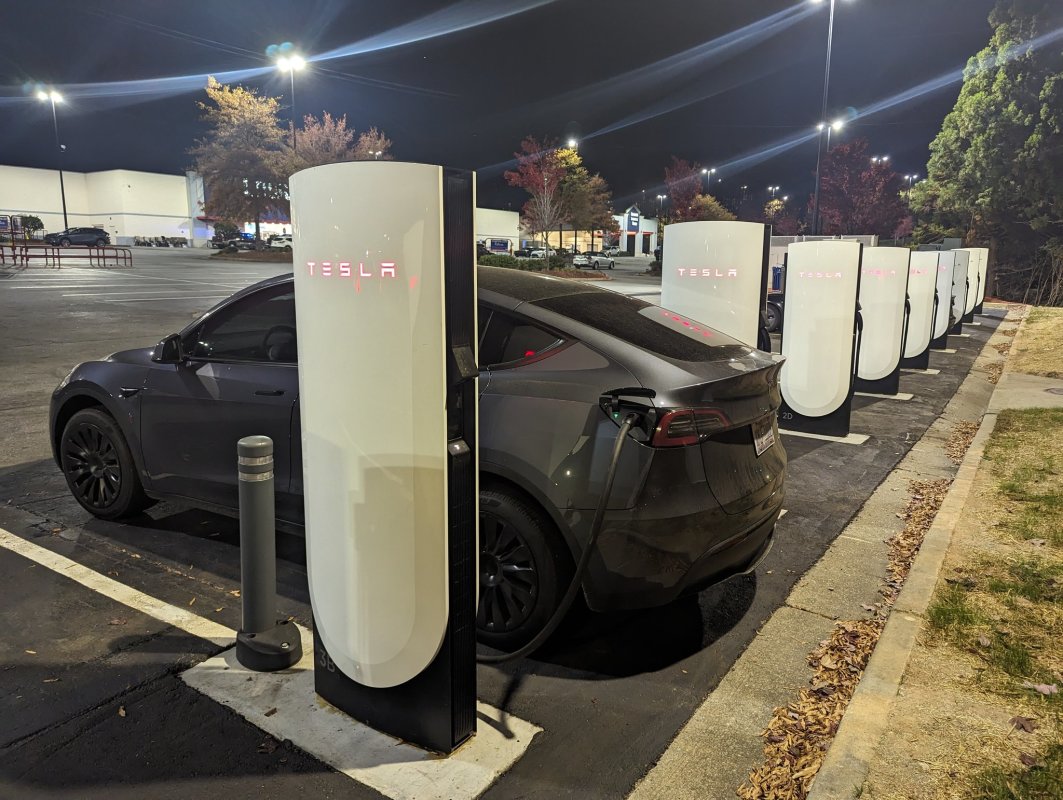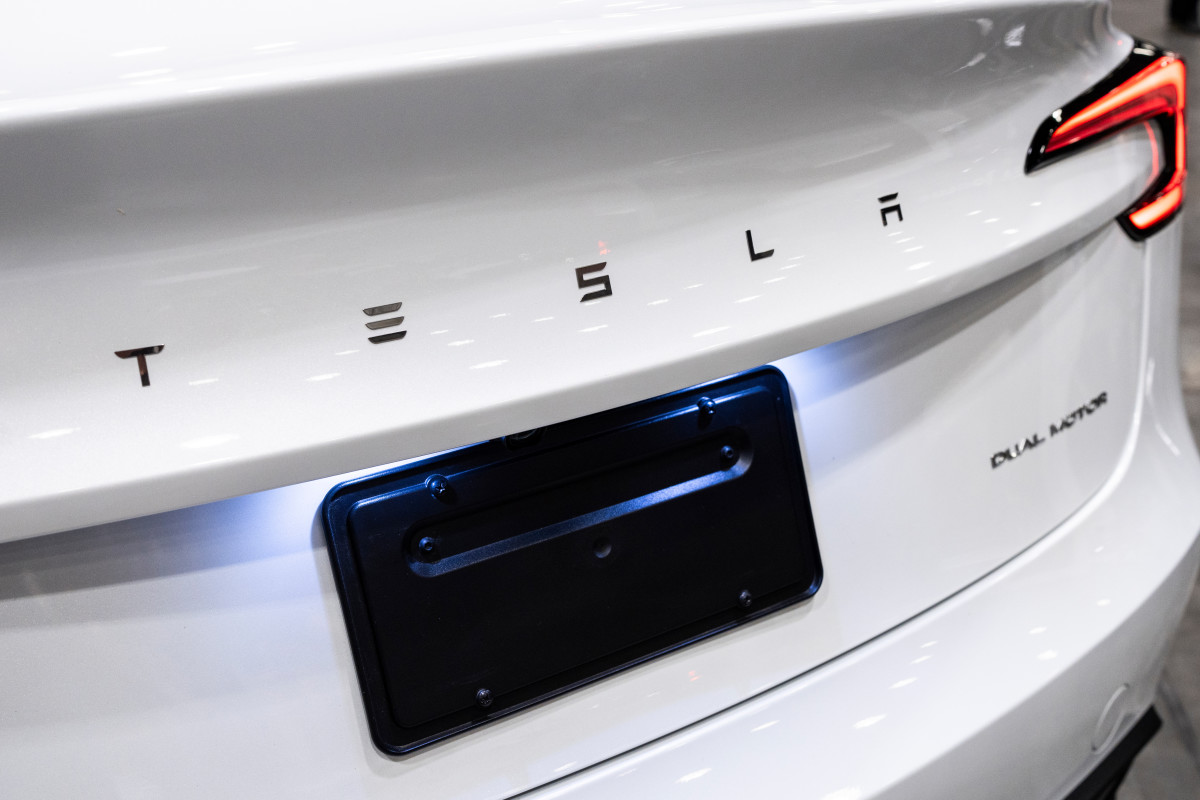Tesla has officially activated its first V4 Supercharger station, marking a significant new phase in the brand’s charging infrastructure rollout. The debut site, first opened in Europe, is now part of a broader push gradually extending into North America.
Compared to the previous generation, the V4 hardware promises not only faster charging speeds but also improved accessibility for non-Tesla EVs thanks to longer charging cables and expanded compatibility. On top of that, it’s designed with the company’s upcoming high-voltage platforms in mind, laying the groundwork for the next wave of Tesla vehicles and potentially reshaping how quickly drivers can get back on the road.
First V4 cabinet Supercharger now live https://t.co/6T1X6MVTaj
— Tesla Charging (@TeslaCharging) September 29, 2025
0.5 MW, 3X power density, 2X stalls per cabinet
Higher throughput, higher efficiency, lower cost, faster deployments pic.twitter.com/5NbiABwgpy
What Makes V4 Different?
Unlike the current V3 network, which tops out at 250 kW, Tesla’s new V4 Superchargers are capable of delivering up to 325 kW in North America, with infrastructure in place to support a future 500 kW ceiling. That’s especially critical as larger vehicles like the Cybertruck enter the market. In fact, Tesla recently paired the new system with marketing perks, offering free Cybertruck charging for a year, though the benefit may be more limited than it first appears, making it as much a branding push as a customer win.
Beyond raw speed, V4 introduces longer cables and CCS compatibility, designed to accommodate the wider variety of EVs now eligible to charge at Tesla stations. This move underscores Tesla’s ongoing effort to keep pace with both regulators and rivals.

Why It Matters
Tesla’s charging dominance has long been a selling point, and V4 is a way to maintain that lead in a shifting market. With more automakers adopting Tesla’s NACS standard, the company is doubling down on infrastructure as a competitive moat. That also explains why Tesla continues to lobby regulators, most recently urging the EPA not to roll back emissions rules that would otherwise accelerate EV adoption.
Meanwhile, the introduction of V4 comes at a time when Tesla’s legacy models are also drawing renewed attention. A 2008 Tesla Roadster with just 574 miles recently surfaced for sale, potentially the priciest in America, serving as a reminder of how far the brand’s charging and performance capabilities have come since its early days.

Getty Images
The Bigger Picture
Tesla’s Supercharger rollout has been a pillar of its success, and V4 is the natural evolution. By enabling higher speeds, smoother user access, and readiness for next-generation vehicles, it sets Tesla apart from networks still catching up.
As the automaker faces mounting competition and regulatory uncertainty, its charging ecosystem may remain one of its strongest assets.


